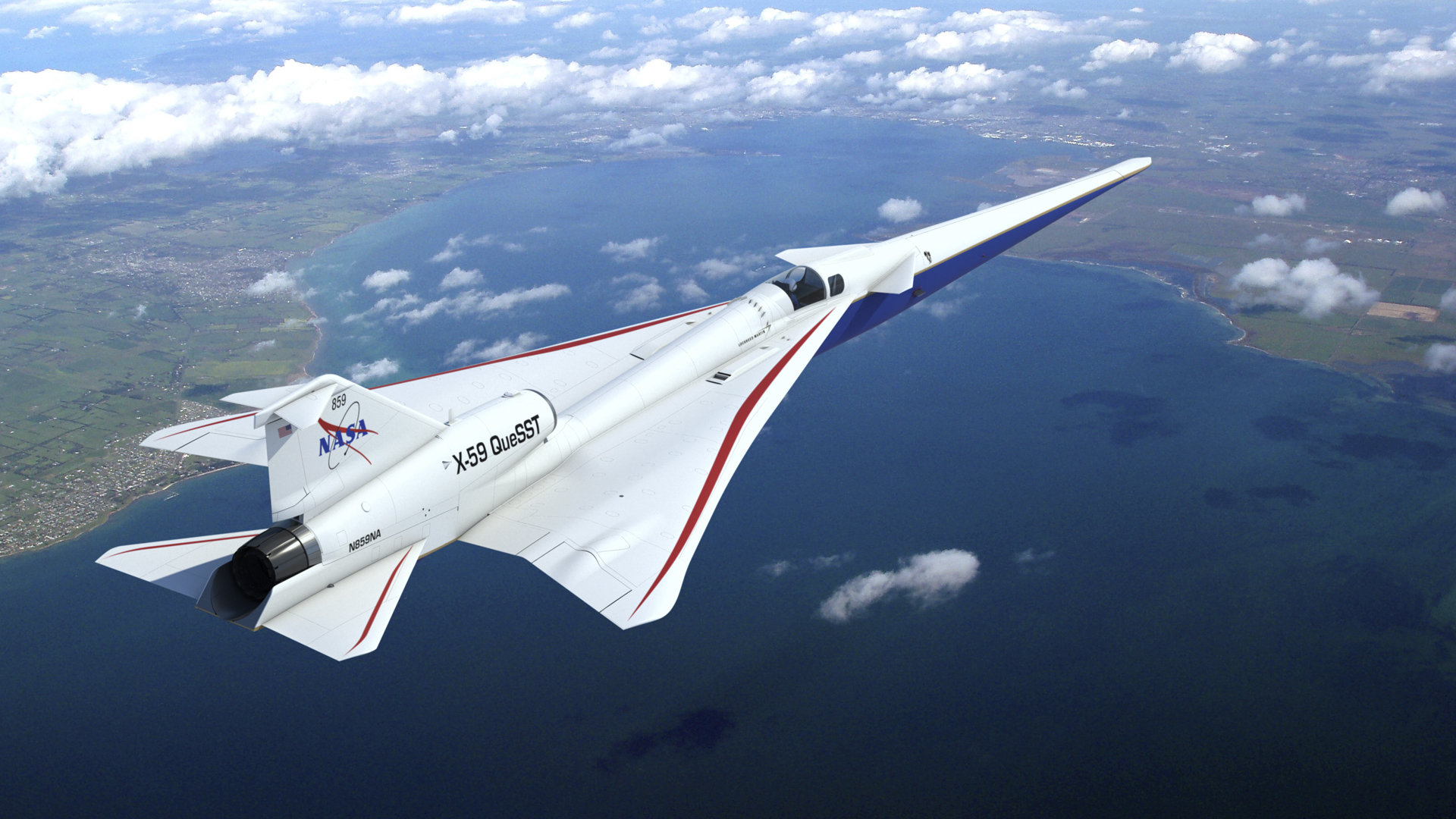Webb Sheds Light on an Exploded Star
Supernova remnant Cassiopeia A (Cas A) shines in a new image from Dec. 10, 2023, from NASA’s James Webb Space Telescope. Webb’s Near-Infrared Camera (NIRCam) view of Cas A displays this stellar explosion at a resolution previously unreachable at these wavelengths, revealing intricate details of the expanding shell of material slamming into the gas shed […]


Supernova remnant Cassiopeia A (Cas A) shines in a new image from Dec. 10, 2023, from NASA’s James Webb Space Telescope. Webb’s Near-Infrared Camera (NIRCam) view of Cas A displays this stellar explosion at a resolution previously unreachable at these wavelengths, revealing intricate details of the expanding shell of material slamming into the gas shed by the star before it exploded.
Cas A is one of the most well-studied supernova remnants in all the cosmos. Over the years, ground-based and space-based observatories, including NASA’s Chandra X-Ray Observatory, Hubble Space Telescope, and retired Spitzer Space Telescope have assembled a multiwavelength picture of the object’s remnant.
However, astronomers have now entered a new era in the study of Cas A. In April 2023, Webb’s Mid-Infrared Instrument (MIRI) started this chapter, unveiling new and unexpected features within the inner shell of the supernova remnant. Many of those features are invisible in the new NIRCam image, and astronomers are investigating why.
Read on to find out what we can learn from this new image of Cassiopeia A.
Image Credit: NASA, ESA, CSA, STScI, D. Milisavljevic (Purdue University), T. Temim (Princeton University), I. De Looze (University of Gent)





































